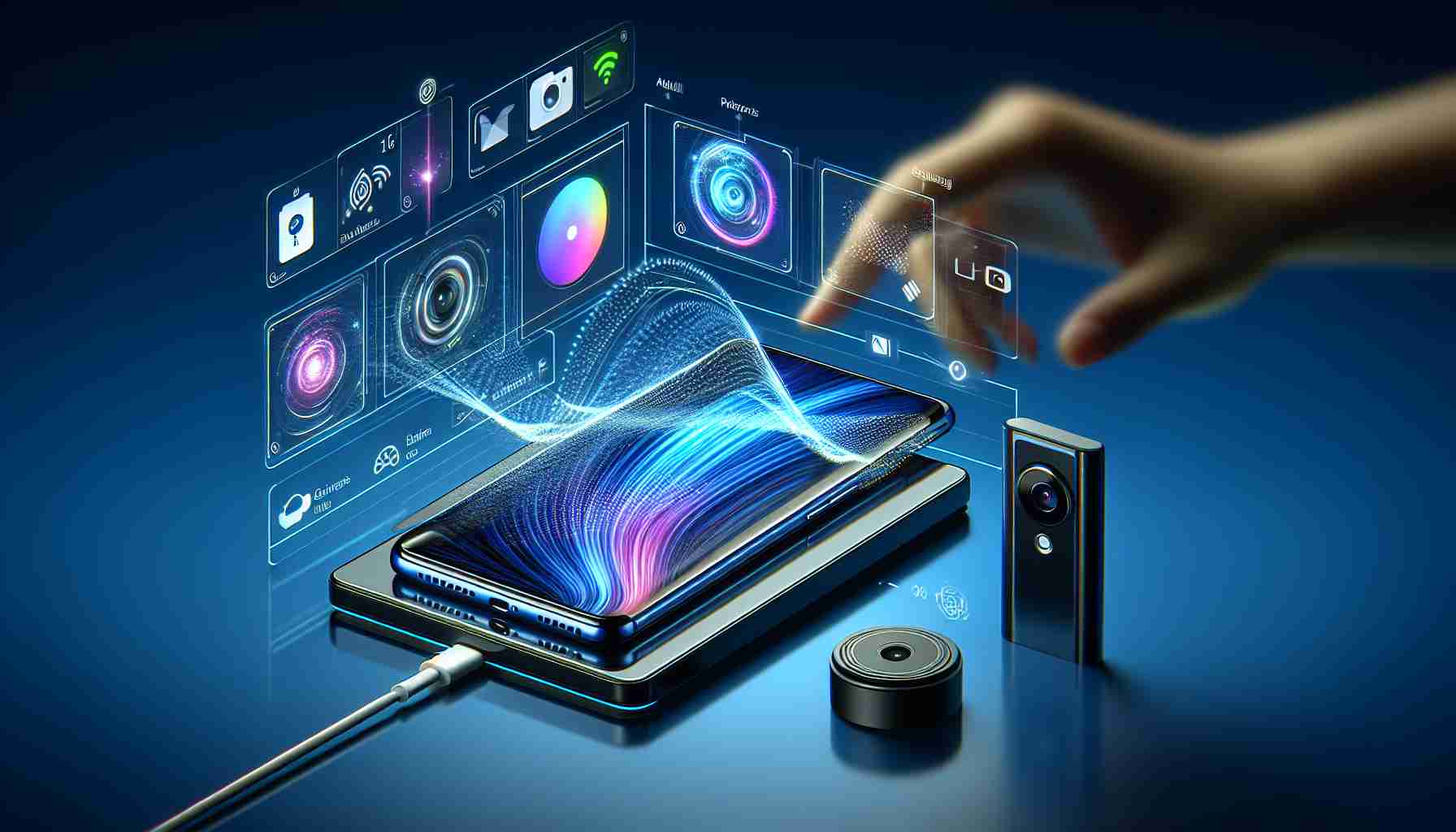Summary: This article provides an overview of the latest smartphone technologies, discussing advancements in areas such as processing power, display technology, camera capabilities, and connectivity options. It also delves into emerging trends and features that are shaping the future of smartphones.
Smartphones have become an integral part of our daily lives, serving as our go-to device for communication, entertainment, and productivity. Advancements in technology have played a significant role in transforming these handheld devices into powerful tools with increasingly sophisticated features. In this article, we explore the latest smartphone technologies that are shaping the landscape of mobile devices.
Processing Power
One of the most notable advancements in smartphones is the improvement in processing power. Modern smartphones are equipped with ultra-fast processors that enable seamless multitasking, efficient energy consumption, and enhanced performance. These processors, often based on ARM architecture, are capable of handling resource-intensive tasks such as gaming, video editing, and artificial intelligence applications.
Display Technology
Smartphone displays have witnessed significant advancements in recent years. High-resolution OLED and AMOLED screens are now common, offering vibrant colors, deep blacks, and wide viewing angles. Additionally, manufacturers have introduced bezel-less displays and under-display fingerprint sensors, maximizing screen real estate and enhancing the overall user experience.
Camera Capabilities
The camera system of smartphones has evolved significantly, blurring the lines between smartphones and traditional cameras. Multiple rear cameras with varying focal lengths, enhanced low-light performance, and advanced computational photography techniques have become standard. This enables users to capture professional-looking photos and videos with ease.
Connectivity Options
The development of fifth-generation (5G) wireless technology has revolutionized smartphone connectivity. 5G networks offer dramatically increased speeds, low latency, and greater capacity, paving the way for transformative applications like augmented reality, virtual reality, and autonomous vehicles. Additionally, smartphones are equipped with a wide range of connectivity options such as NFC, Bluetooth, and Wi-Fi, allowing seamless integration with other devices and ecosystems.
Frequently Asked Questions (FAQ)
Q: What is OLED technology?
OLED (Organic Light-Emitting Diode) technology is a type of display technology that uses organic compounds to emit light when an electric current is passed through them. This results in vibrant colors, high contrast, and deeper blacks, making OLED displays ideal for smartphones.
Q: How many cameras do modern smartphones typically have?
Modern smartphones often feature multiple cameras, commonly a combination of a primary lens, ultra-wide-angle lens, telephoto lens, and depth sensor. These multiple cameras provide versatility and allow users to capture different types of photos and videos.
Q: What is 5G technology?
5G technology is the fifth generation of wireless technology, offering significantly faster data speeds, lower latency, and increased network capacity compared to previous generations. It enables faster internet browsing, smoother streaming, and supports advanced applications like augmented reality and virtual reality.
Q: Can smartphones connect to other devices?
Yes, smartphones can connect to other devices through various connectivity options such as NFC, Bluetooth, and Wi-Fi. This allows for easy sharing of files, pairing with wireless headphones or speakers, and controlling smart home devices, among other functionalities.
Sources:
– OLED Display: [https://www.displaymate.com/OLED_WhatIs.html]
– Exploring 5G Technology: [https://www.qualcomm.com/5g]
– Modern Smartphone Photography: [https://www.digitaltrends.com/photography/smartphone-camera-evolution-history/]
The source of the article is from the blog girabetim.com.br
